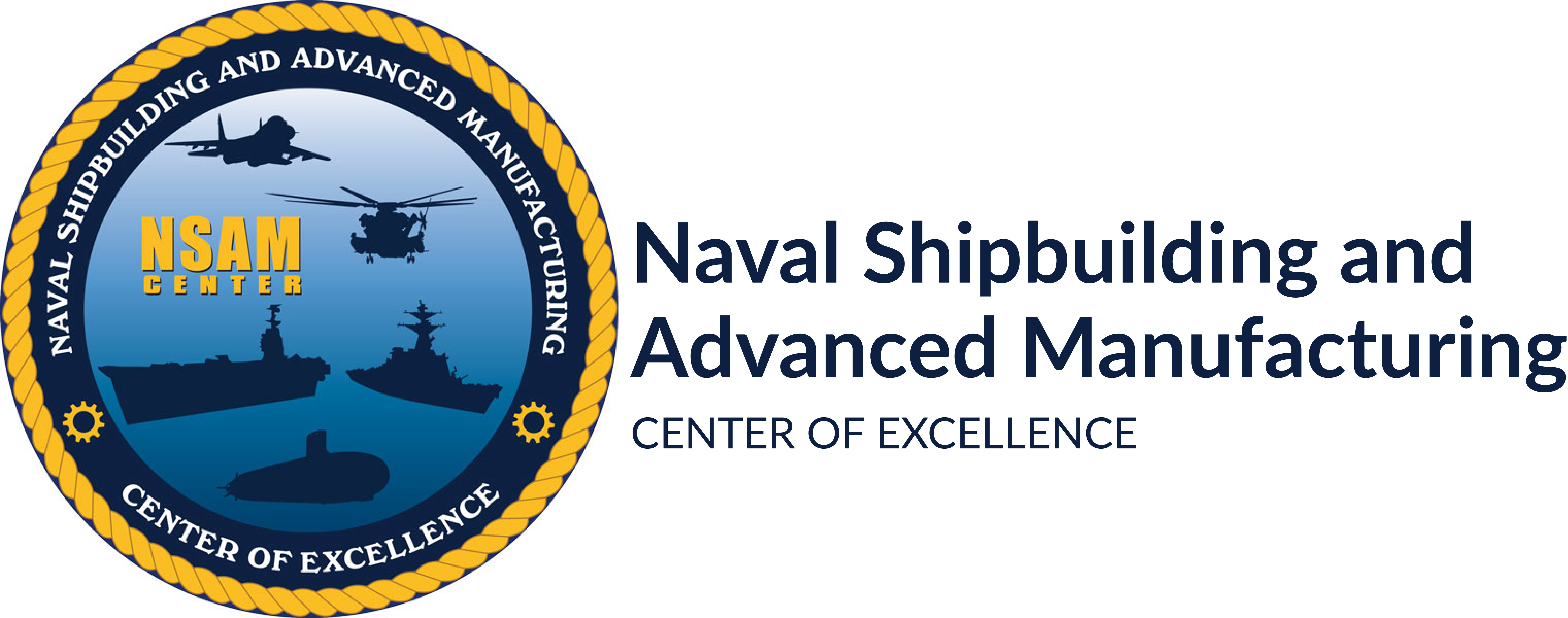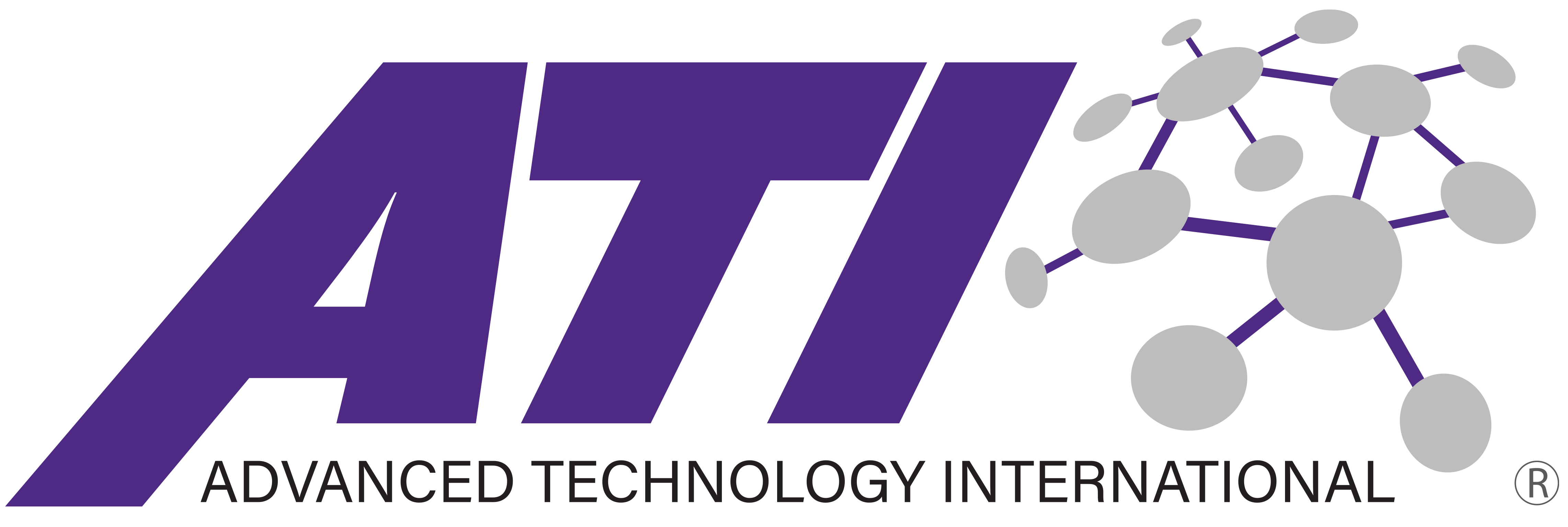Project Participants: General Dynamics Electric Boat
Project Start: July 2007
Material flow, from requirement identification to delivery to the trades and into work-in-process for consumption at large shipyards is difficult to manage. Current practices frequently result in high cycle times, excess inventory, material availability rates that are lower than desired, and unacceptable levels of lost or damaged parts. Given the co-build strategy for the VIRGINIA-Class Submarine (VCS) program, coupled with the dual-site operation of General Dynamics Electric Boat (GDEB), material flow becomes even more difficult with the transfer of work-in-progress material between shipyards.
A two-phase approach was employed by this General Dynamics Electric Boat project to establish an improved material flow system to support VCS construction. The project team developed a current state value map that illustrated process flow and performance metrics; conducted on-site evaluations of companies considered to have “best in class” material flow processes; captured the materials flow future state vision and future state value map; and developed an implementation plan that identified and prioritized improvement projects that can bridge the gap between the current and future states of material flow.
Implementation of this world-class material flow system is already improving multiple facets of the shipbuilding operation, including material procurement, scheduling, storage, handling, tracking, and delivery. Implementation began at GDEB in January 2008 and was executed in a phased approach, with consideration given to the most significant opportunity areas, the length of time required for implementation, and the cost/benefit analysis. In total, 36 projects were completed, have been fully implemented, and are supporting in-process shipbuilding with cost savings being realized in the SSN-784 build sequence. These multiple successes are helping to bring the VCS program one step closer to the 60-month construction schedule desired for these submarines, a significant reduction from the previous 84-month construction span. Findings from this effort could be applied across a variety of industries.
The project has already yielded cost savings of $3.1M with plenty more to come. Ultimately, this project is expected to save over $5.4M per hull, $4M in labor, and $1.4M in material savings, adding to the growing list of successful GDEB affordability initiatives managed by CNST. Findings from this effort will benefit both EB yards and have applicability to other U.S. shipyards.
Project Related Reports & Documents




